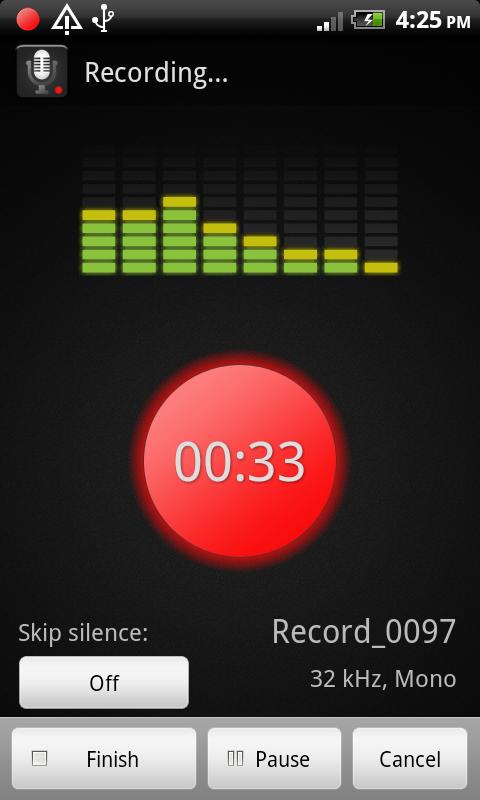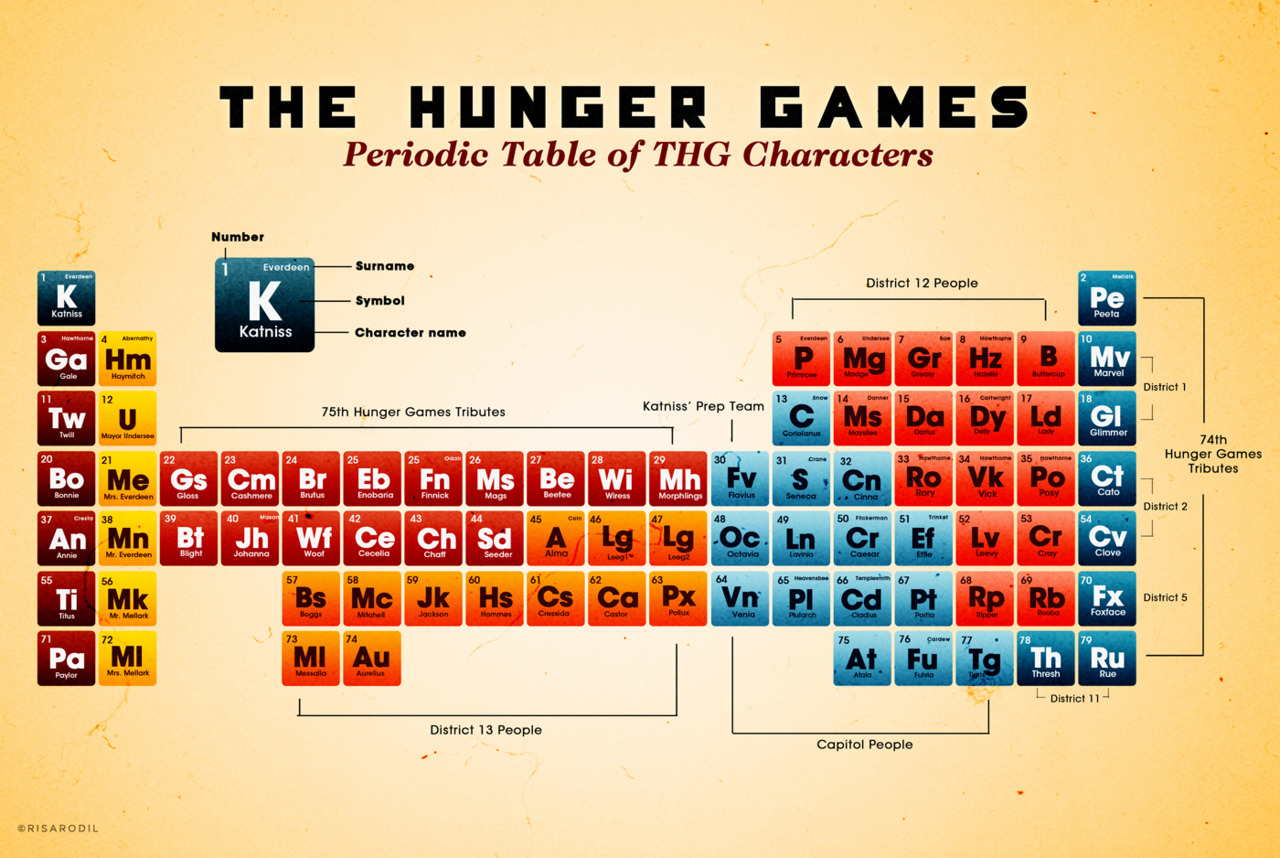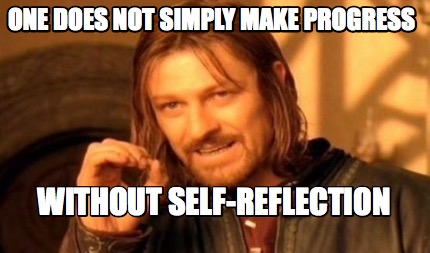ELA 9 Indendent Novel Reading – Initial Observations
Everyone’s picked a new novel they’re going to read on their own, but good readers think about the writing as they progress through a book. It’s important to consider certain questions at the beginning of a book; it helps establish a deeper  understanding of the complex plot the author developed and helps you make connections to the rest of the text as you read along.
understanding of the complex plot the author developed and helps you make connections to the rest of the text as you read along.
Activity:
After you’ve read enough of the beginning of your book (maybe 20 – 40 pages), pause a moment to consider some of the following prompts. You don’t have to answer all of them and shouldn’t respond with a Question-Answer format. Just journal your thoughts as they come together.
Prompts to consider from the beginning development of your book:
- The setting is a super important part of a book’s beginning. Whether a series of events happens in the past, the present or the future, the possible outcomes depend on when in time the events happen. Where it is happening, that you understand the surroundings, the locations the main character goes back and forth from, and where they are in relation to others around them, these are also all parts of the setting to consider. Some authors may develop this really clearly at the beginning while others maybe don’t pay enough attention to it. How is the development of setting affecting the way you are reacting to the book?
- Main character development – We usually have to be able to relate to a character if we want to follow them along through their experiences. Even if they have very different qualities than you, you often can find similarities with them from the ideas they have, the way they treat people, the hopes they have, their background etc. How are you connecting with your novel’s main character?
- What about the author’s style of writing do you like, so far? Or what about it do you not like, so far? It can be how they use dialogue. It can be whether personality shows through in descriptions of how characters act around others. It can be how they divide the chapters; some of the most popular books have chapters that end with a bang and entice readers to keep reading! Some authors may use sentences that are too long. Others may use some that are too choppy.
- Establishing the problem: Every story is about a character in a situation they don’t want to be in. The rest of the story is about their attempt to solve their situation and the distractions that get in their way. If an author develops the beginning of a book for too long, though, without identifying the problem, a reader may lose interest and feel the pace is dragging. An author may fail to create a believable problem, oversell the danger and not deliver with an exciting story to follow. With what you’ve read so far, a) are you aware of the conflict the main character wants to solve and b) is it an interesting problem/does it make for a good story in your opinion?








